Traveling abroad can be an exhilarating experience, but it often comes with the challenge of staying connected. If you’ve ever found yourself without cell service or stuck with...
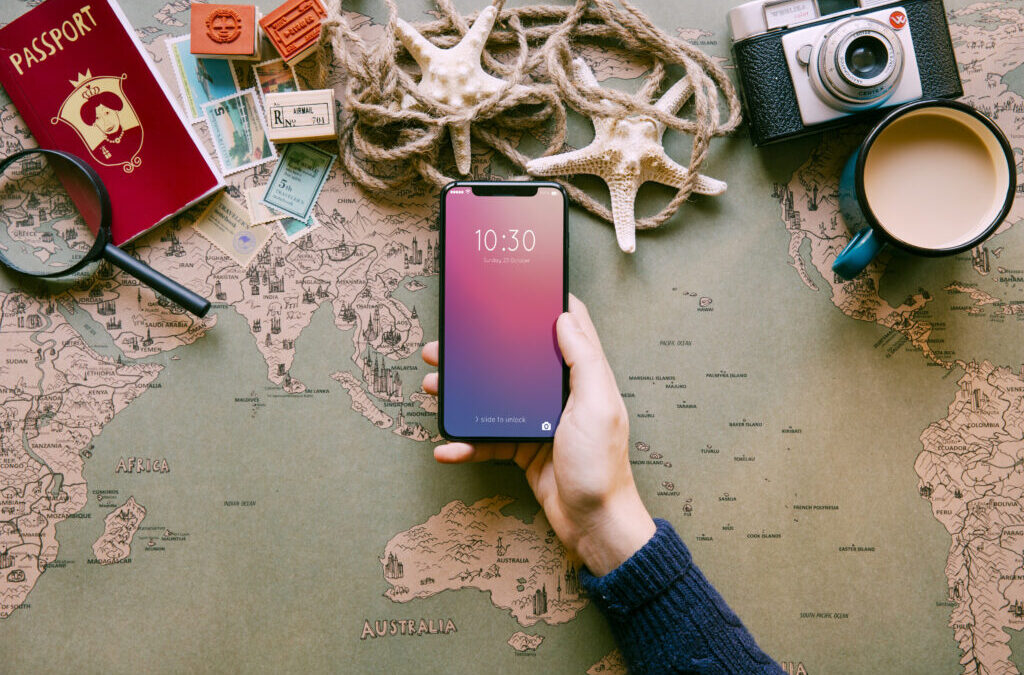

Traveling abroad can be an exhilarating experience, but it often comes with the challenge of staying connected. If you’ve ever found yourself without cell service or stuck with...
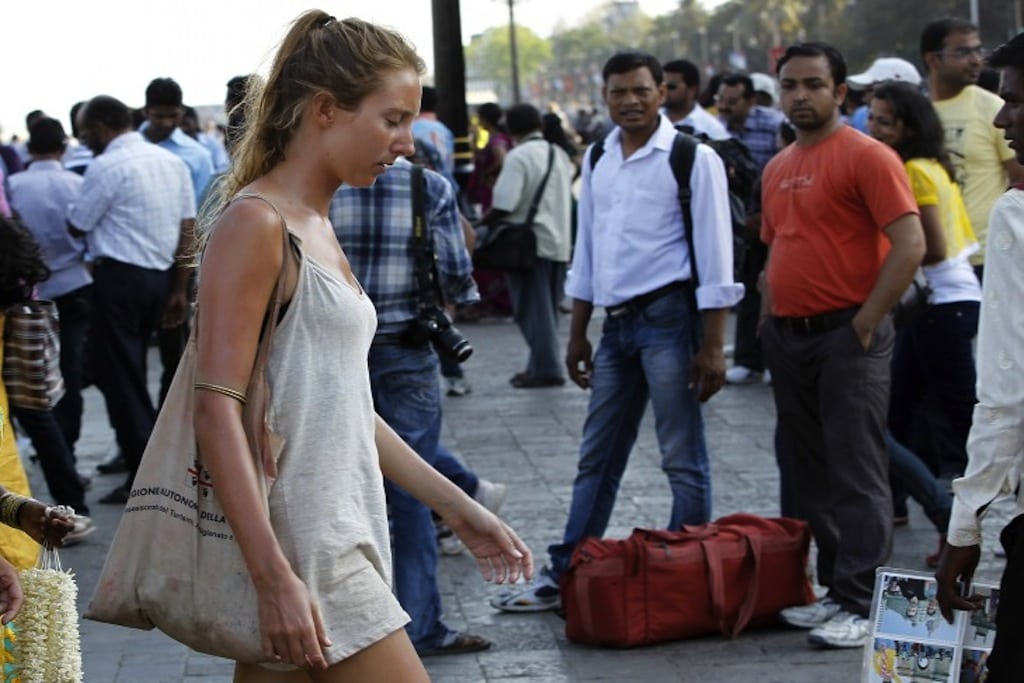
Traveling to India can be an incredibly enriching experience. From its diverse cultures and historic landmarks to its vibrant cities and serene countryside, India offers a...

Many people swipe their credit cards every day, unaware of the potential travel rewards they could be earning with each purchase. By choosing the right travel rewards credit...

Summer is just around the corner, and there's no better way to enjoy the warm weather than by lounging on a beautiful beach. Whether you're looking for a family-friendly...
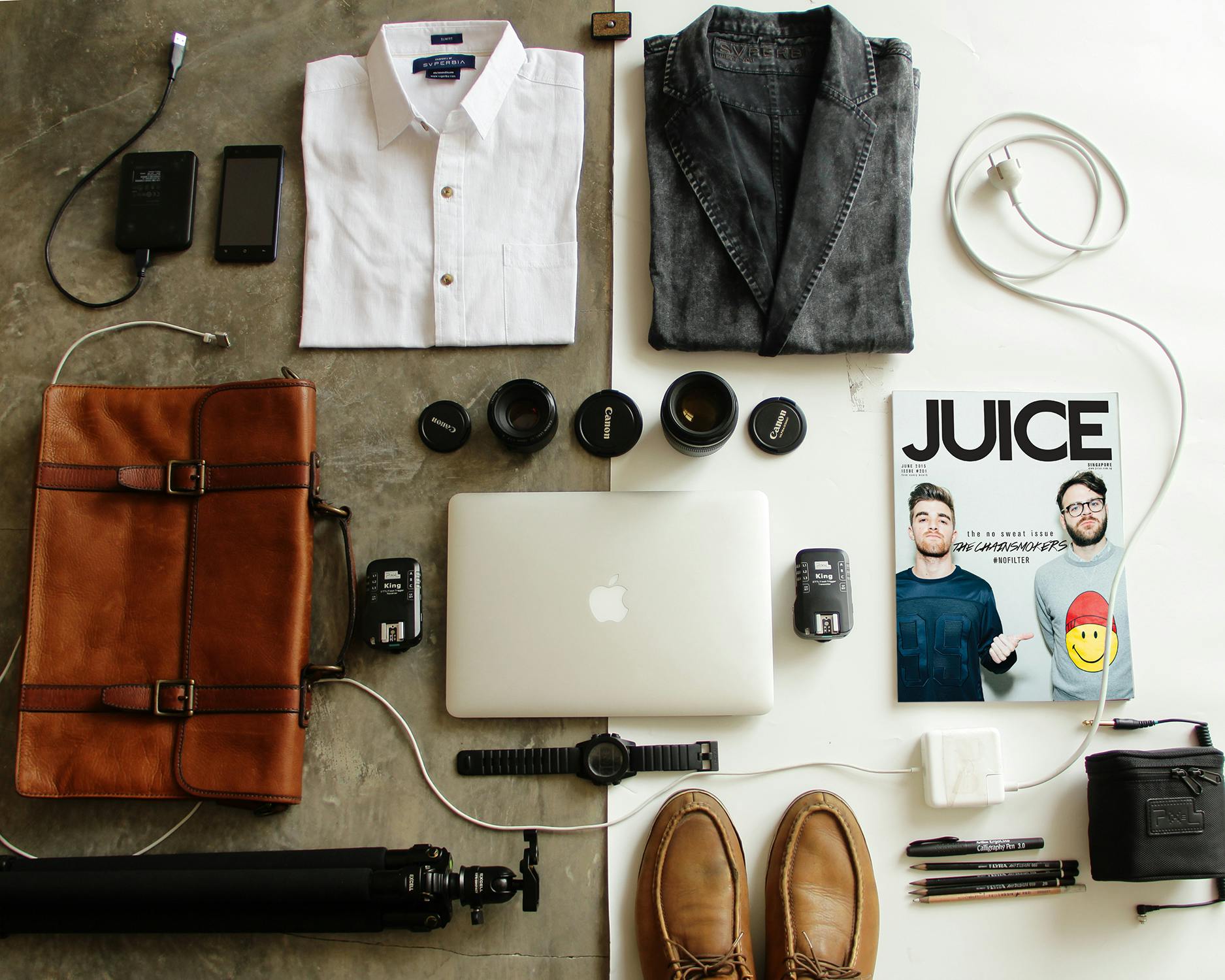
Traveling has become increasingly tech-savvy, with gadgets and accessories playing a crucial role in enhancing our travel experiences. Whether you're traveling for business or...

Choosing the right luggage can make or break your travel experience. From carry-ons to checked bags, the options seem endless. To help you make an informed decision, we've...
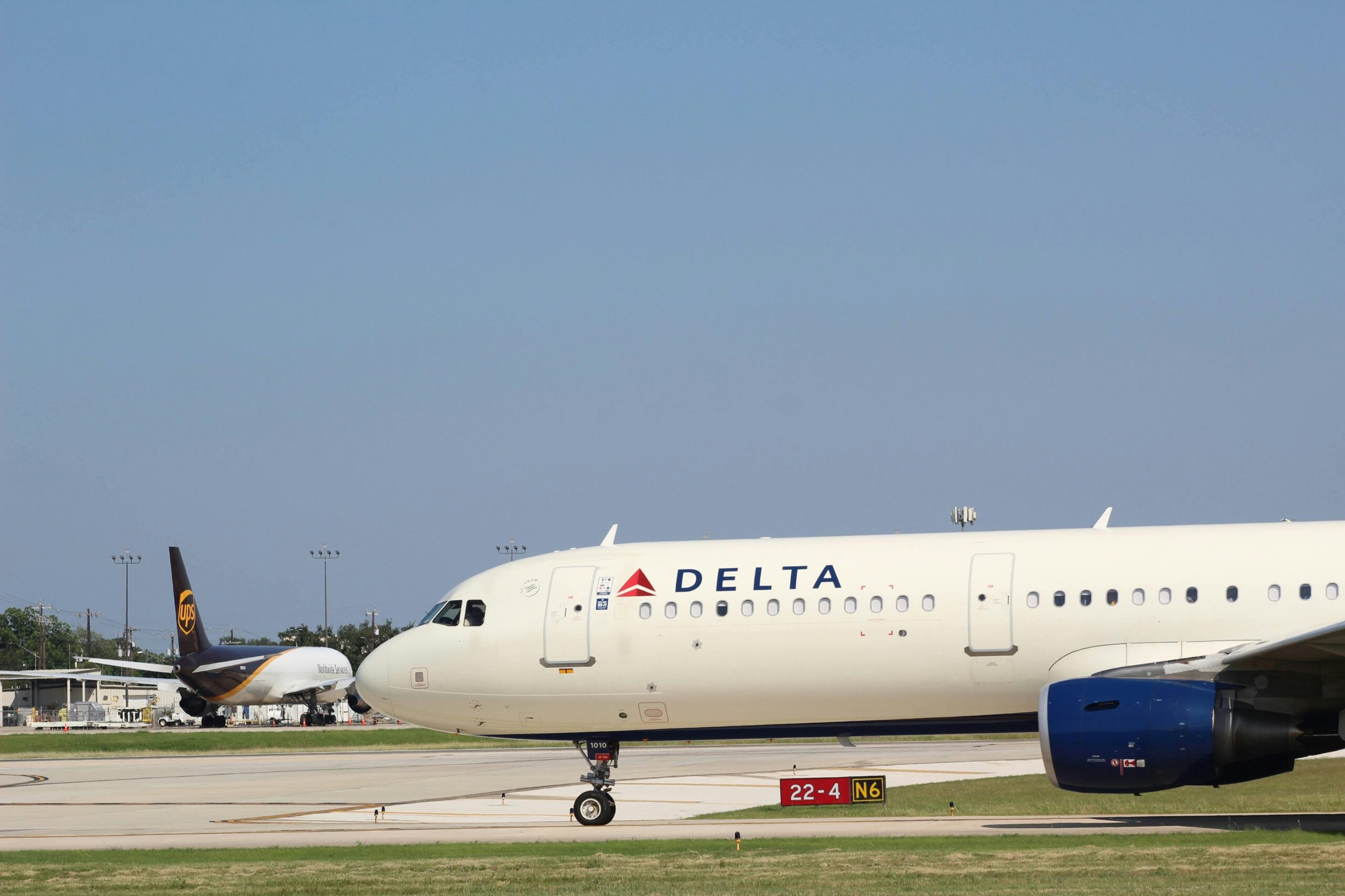
Delta Airlines, one of the major American carriers, has a rich history dating back to 1924. Renowned for its extensive network, customer service, and innovation, Delta has...

Traveling is a wonderful way to explore new cultures, meet new people, and create lasting memories. However, it can also be expensive. Here are some practical tips to help you...
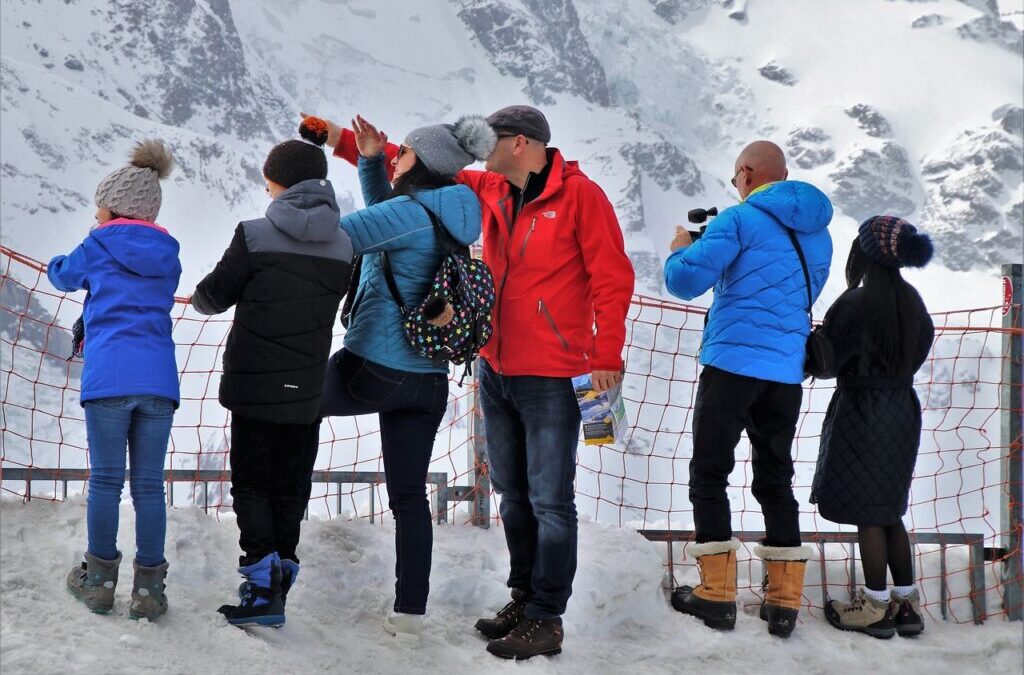
When it comes to travel, the age-old debate between joining a group tour or embarking on an independent journey continues to divide wanderlust souls. Let's explore the...
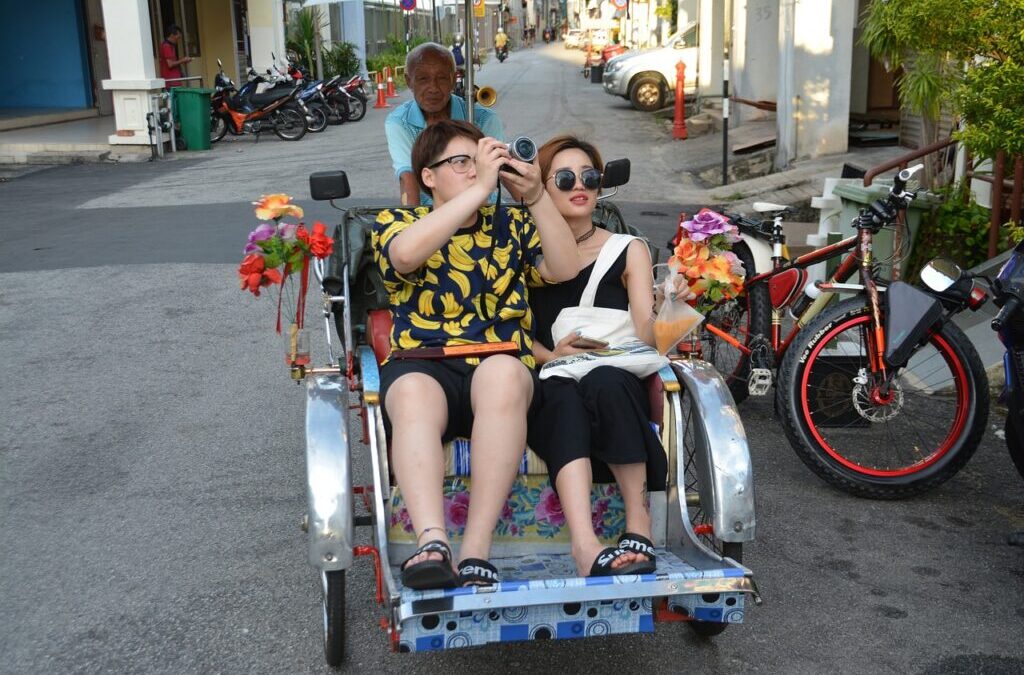
Traveling to new places is an exciting adventure, but standing out as a tourist can sometimes lead to unwanted attention or even make you a target for scams. Here are some tips...
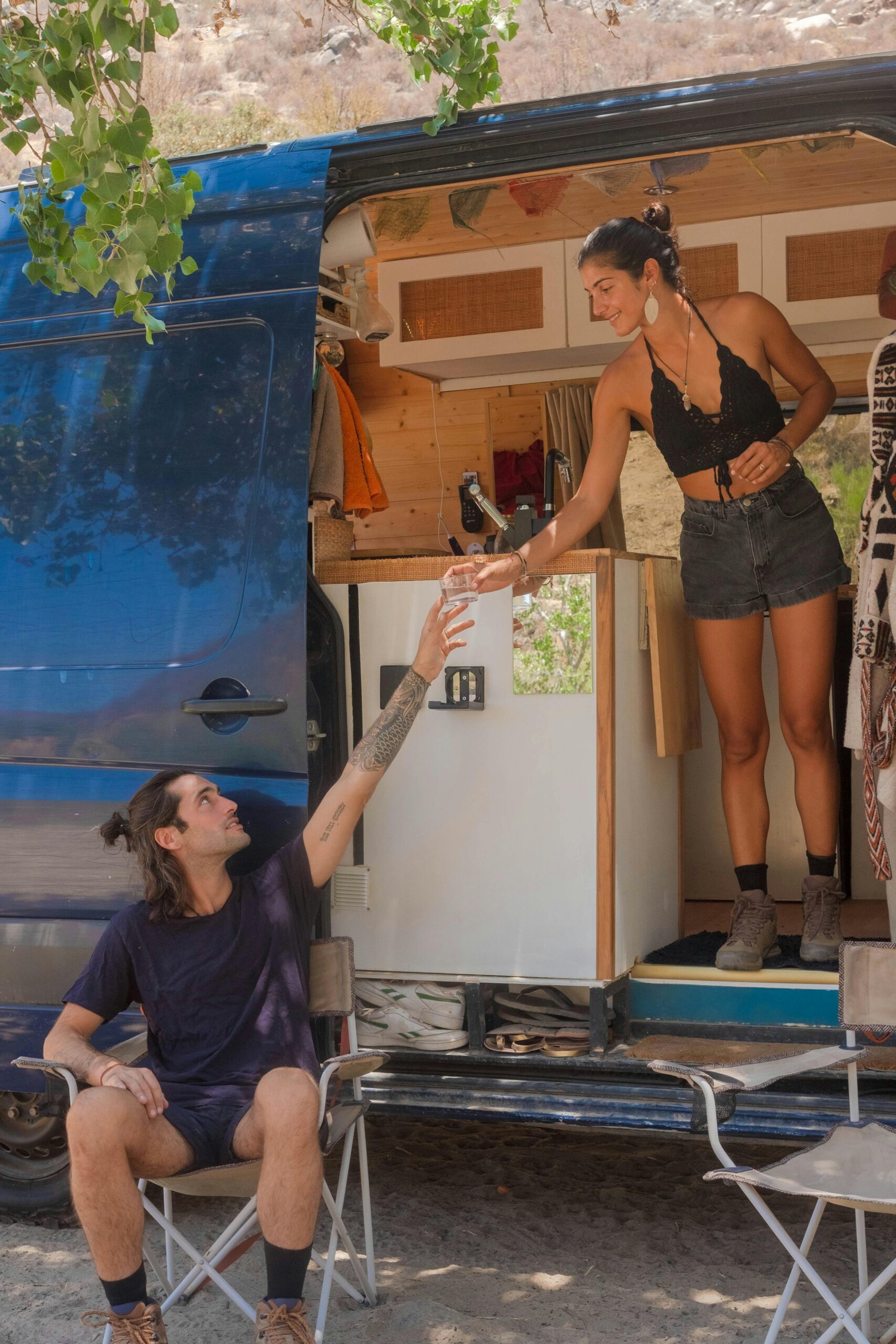
In recent years, the allure of the open road and the freedom it promises have captivated many adventurers. One of the most popular ways to embrace this lifestyle is through van...

Traveling with kids can be a wonderful experience, filled with new discoveries and lasting memories. However, it also requires careful planning and a flexible attitude. Here are...

Are you preparing for your first adventure abroad? Embarking on your inaugural journey can be a blend of excitement and uncertainty. To ensure a seamless and rewarding...
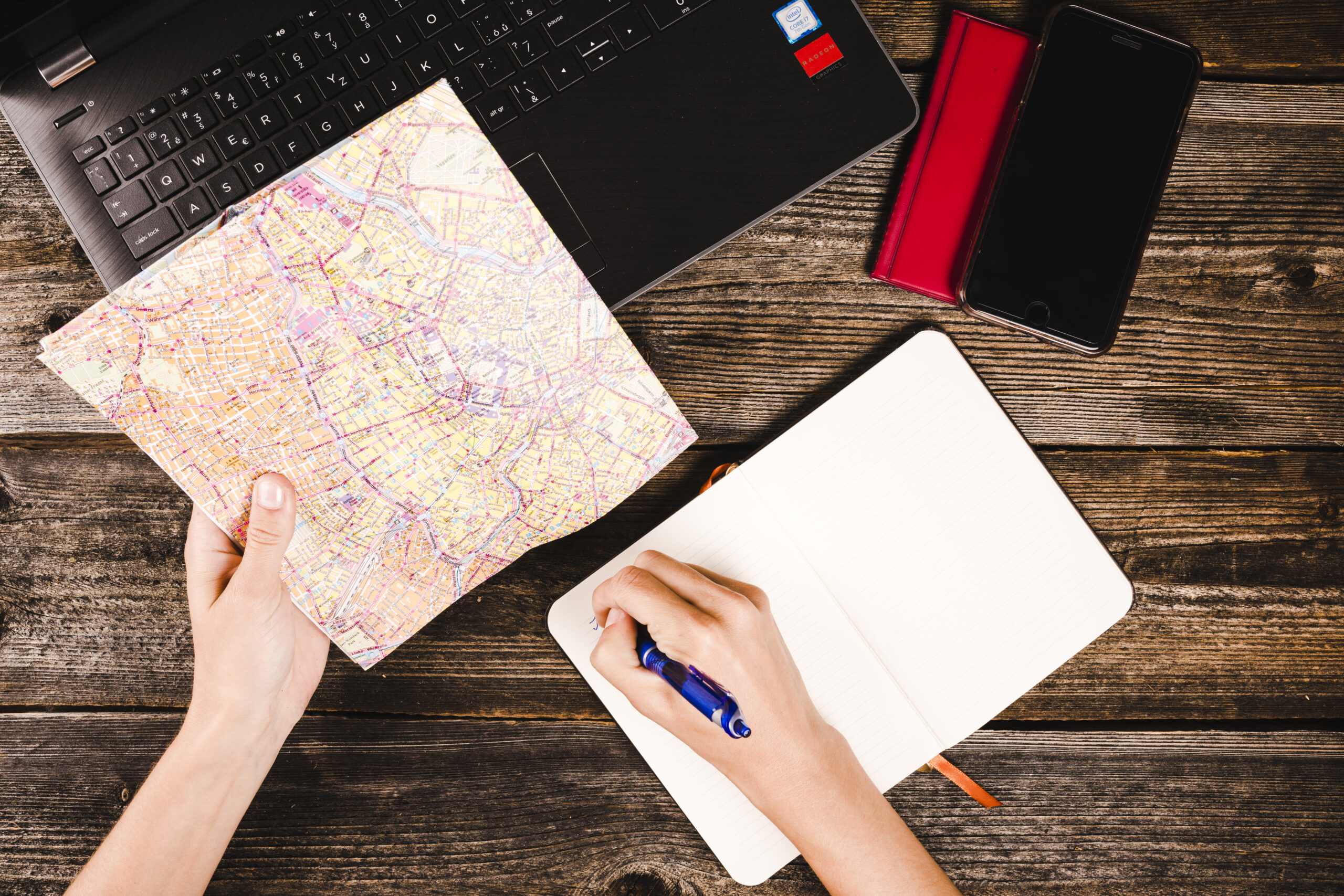
Planning a trip can be an exciting but sometimes overwhelming experience. Whether you're traveling solo, with family, or friends, having a well-thought-out plan can make your...

Are you eager to explore the world but worried about the cost? Traveling doesn't have to be expensive. With a bit of creativity and planning, you can see amazing places without...
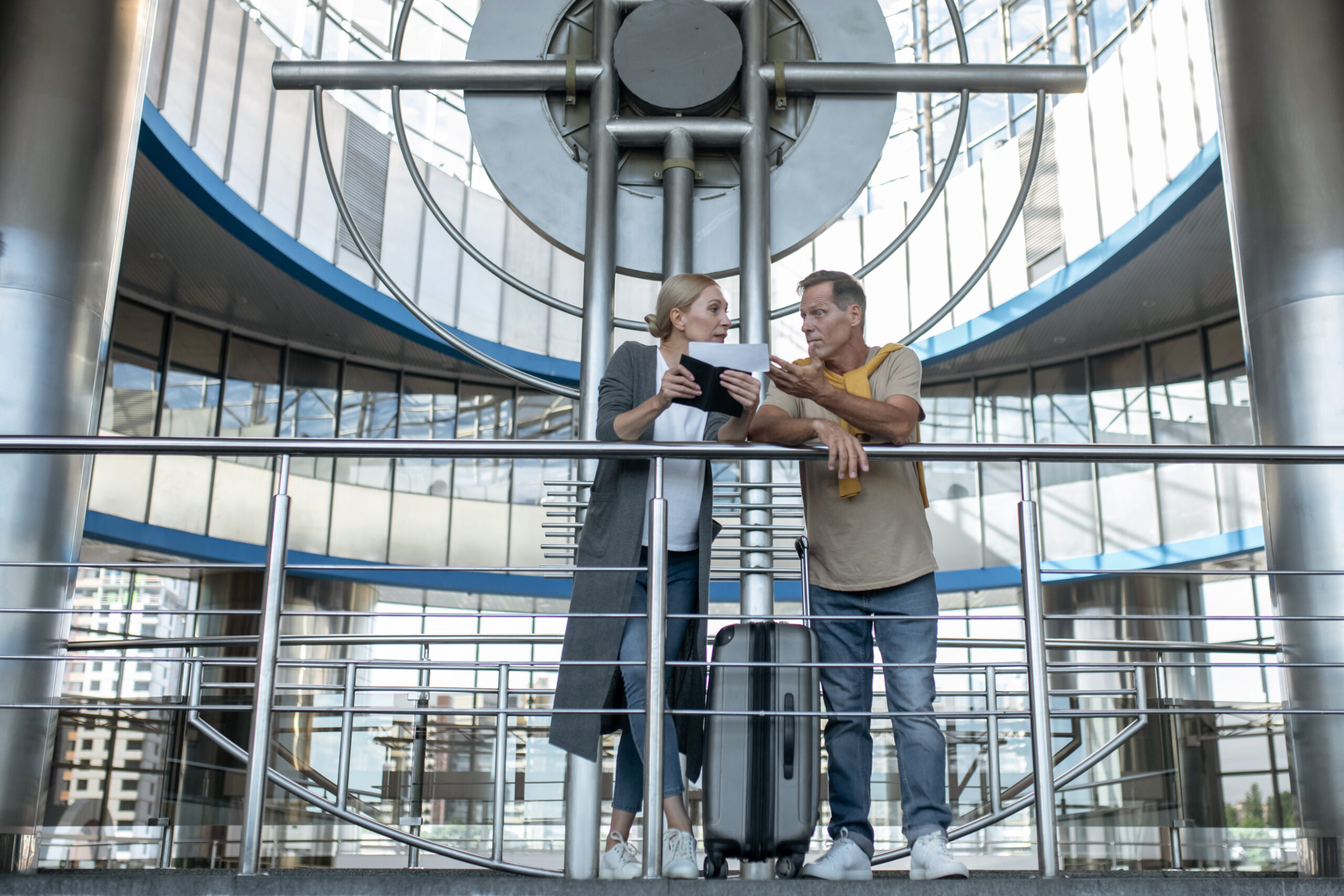
A long layover doesn't have to be a boring or stressful experience. With a bit of planning and creativity, you can turn that downtime into an enjoyable and memorable part of your...

Traveling is an exciting adventure that opens up new horizons and experiences, but it can also disrupt our routines and challenge our health habits. From jet lag to unfamiliar...

Escaping the scorching summer heat of Las Vegas is a must-do, and one of the best places to cool off is Mt. Charleston. Just a short drive from the city, this majestic mountain...

Traveling to new and exciting destinations is a thrilling experience, but it's essential to be aware of potential scams that can dampen your journey. From pickpocketing to...

Disneyland in California is a dream destination for many, offering a magical experience for visitors of all ages. Whether you're a first-time visitor or a seasoned Disney fan,...